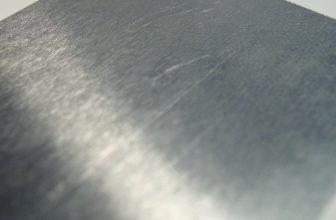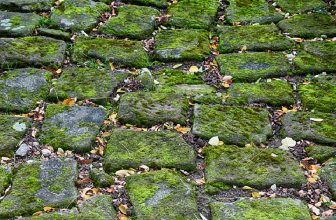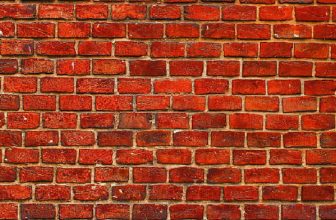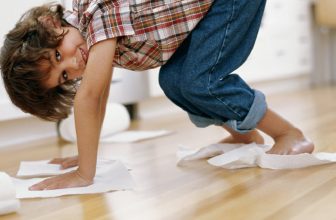How to Clean a Brush after Lice
Dealing with lice is a common challenge, and thorough hygiene practices extend beyond treating the affected individuals to include cleaning tools used during the process. If you’ve used a brush during lice treatment, ensuring its proper sanitation is crucial to prevent reinfestation. In this comprehensive guide, we will explore effective techniques and step-by-step instructions on how to clean a brush after lice.
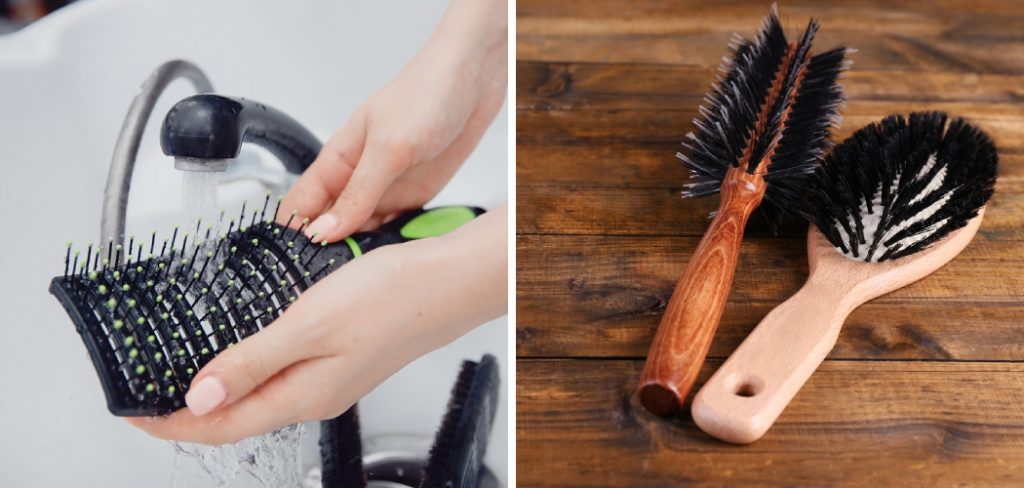
From removing any trapped lice or eggs to disinfecting the bristles, understanding the proper cleaning process is key to maintaining a lice-free environment.
Whether you’re a parent navigating the challenges of lice treatment or a caregiver seeking comprehensive cleanliness measures, this article will equip you with the knowledge to ensure that your brushes are thoroughly sanitized, preventing the risk of lice recurrence. Say goodbye to concerns about lingering pests and embrace a meticulous approach to post-treatment hygiene.
Importance of Proper Hygiene after Dealing with Lice
Lice infestations are a common problem, especially among young children. These tiny parasites live on the scalp and feed on human blood, causing itching and discomfort. Dealing with lice can be a tedious process, requiring time and effort to eliminate them completely.
But the battle against lice doesn’t end after successful treatment. Proper hygiene practices must be followed to prevent reinfestation and spread of lice to others. In this section, we will discuss the importance of maintaining good personal hygiene after dealing with lice.
Understanding Lice Infestations
Before we dive into proper hygiene practices, it is essential to understand how lice infestations occur. Lice cannot fly or jump; they can only crawl from one head to another. They spread through direct head-to-head contact or by sharing personal items such as combs, brushes, hats, and pillows.
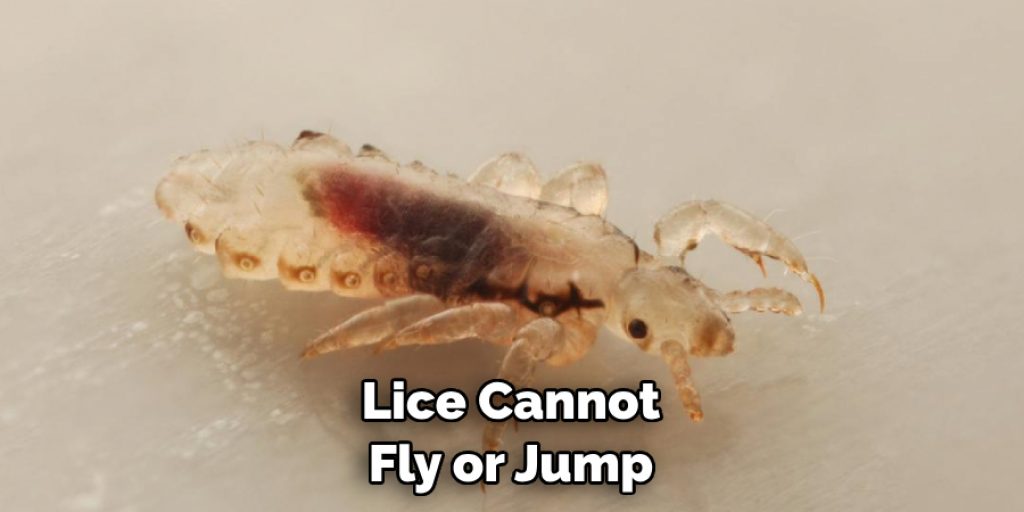
Once lice infest a person’s scalp, they lay eggs (nits) that attach to individual hair strands near the scalp. Nits hatch into baby lice (nymphs), which grow and mature into adult lice. The entire life cycle of a lice can take up to three weeks.
Importance of Personal Hygiene
After successfully treating lice, it is crucial to follow proper hygiene practices to prevent reinfestation and avoid spreading them to others. Good personal hygiene not only ensures that your scalp remains lice-free but also protects those around you.
10 Methods How to Clean a Brush after Lice
1. Boiling Water
Boiling water is one of the most effective ways to clean a brush after lice. To do this, fill a pot with enough water to cover the bristles of the brush and bring it to a boil. Once boiling, submerge the brush into the water for at least five minutes and then rinse it off with cold water. This method will not only kill any lice on the brush but will also help to remove any remaining eggs.
2. Vinegar
Vinegar is another great way to clean a brush after lice. To do this, mix equal parts vinegar and warm water in a bowl and then submerge the brush into the solution for at least 10 minutes. Afterward, rinse off the brush with cold water and let it dry completely before using it again.
3. Rubbing Alcohol
Rubbing alcohol can also be used to clean a brush after lice. To do this, pour some rubbing alcohol onto a paper towel or cloth and then rub it over all surfaces of the brush until they are completely saturated with alcohol. Let it sit for at least 10 minutes before rinsing off with cold water and letting it dry completely before using again.
4. Soap and Hot Water
Soap and hot water can be used to effectively clean a brush after lice as well. To do this, fill up a bowl or sink with hot soapy water and submerge the brush into the solution for at least 10 minutes before rinsing it off with cold water and letting it dry completely before using it again.

5. Hydrogen Peroxide
Hydrogen peroxide is another great way to clean a brush after lice as it has antiseptic properties that can help kill any remaining lice or eggs on the bristles of the brush. To use this method, mix one part hydrogen peroxide with two parts warm water in a bowl or sink and then submerge the brush into the solution for at least 10 minutes before rinsing off with cold water and letting it dry completely before using again.
6. Salt Water Solution
Saltwater solutions can also be used to effectively clean brushes after lice infestations, as salt has natural antiseptic properties that can help kill any remaining lice or eggs on the bristles of the brush. To make this solution, mix one tablespoon of salt in one cup of warm water in a bowl or sink and then submerge your brushes into this solution for at least 10 minutes before rinsing them off with cold water and letting them dry completely before using them again.
7. Tea Tree Oil
Tea tree oil is an essential oil that has natural antiseptic properties which makes it an effective way to clean brushes after lice infestations as well since tea tree oil can help kill any remaining lice or eggs on your brushes’ bristles when used correctly..
To use tea tree oil, mix four drops of tea tree oil in one cup of warm water in a bowl or sink before submerging your brushes into this solution for at least 10 minutes before rinsing off with cold water and letting them dry completely before using again.
8. Lemon Juice
Lemon juice is another great way to get rid of lice from your brushes as lemon juice contains citric acid, which helps break down their shells so they are unable to stay attached to your brushes’ bristles anymore. To use lemon juice, mix two tablespoons of lemon juice in one cup of warm water in a bowl or sink before submerging your brushes into this solution for at least 10 minutes before rinsing off with cold water afterward.
9. Baking Soda Paste
Baking soda paste is another great way you can get rid of lice from your brushes since baking soda paste helps absorb moisture, which prevents their shells from staying attached to your brushes’ bristles. To make baking soda paste, simply mix three tablespoons of baking soda in one cup of warm water until you have formed a thick paste-like consistency before applying it directly.
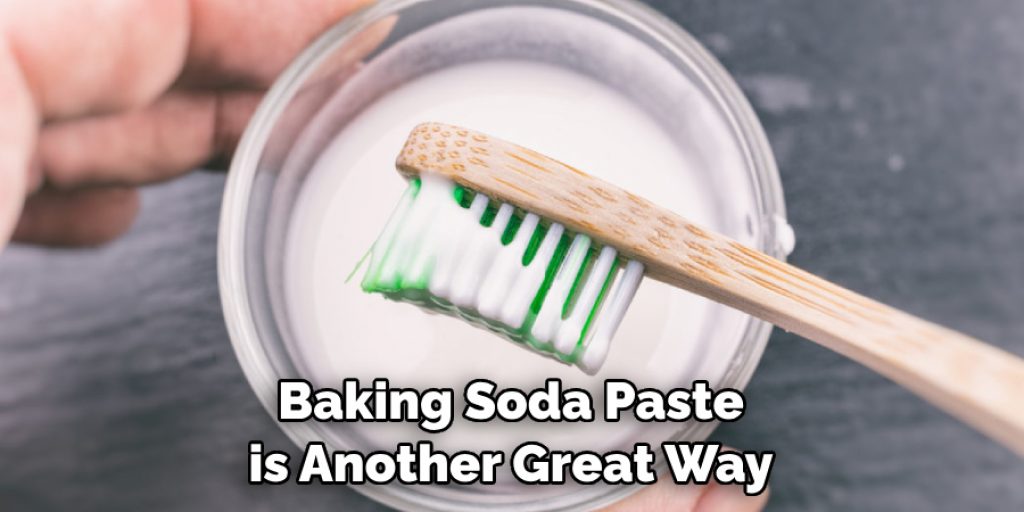
10. Drying Out Brushes Under Sunlight
Finally, drying out your brushes under direct sunlight can also help get rid of any remaining lice or eggs on the bristles of your brushes. Lice cannot survive without a source of blood, and by leaving your brushes out in the sun for at least 6 hours, you can effectively kill them off completely.
Things to Consider When Cleaning a Brush after Lice
When it comes to dealing with lice, one of the most important steps is proper cleaning and disinfecting of all brushes and combs used on an infested person. Failure to do so can result in reinfestation or spreading of lice to others.
Here are some things to keep in mind when cleaning a brush after finding lice:
Use hot water
Hot water is the most effective way to kill lice and their eggs. It is recommended to use water that is at least 130°F (54°C) when cleaning brushes and combs.
Remove hair and debris
Before soaking the brush in hot water, remove any remaining hair or debris from the bristles using a fine-toothed comb or your fingers. This will make the cleaning process more effective.
Soak in hot water
After removing hair and debris, soak the brush in hot water for at least 10 minutes. This will help kill any remaining lice or eggs.
Use a disinfectant
After soaking, remove the brush from the hot water and rinse it with cold water. Then, use a disinfectant such as rubbing alcohol or a mixture of equal parts water and vinegar to further kill any remaining lice or eggs.
Boil the brush
For extra precaution, you can boil the brush in hot water for 5 minutes to ensure all lice and eggs are killed.
Let it air dry
After cleaning and disinfecting, let the brush air dry completely before using it again. This will prevent any moisture from remaining in the bristles, which can lead to mold or bacteria growth.

Conclusion
Overall, keeping your brush clean after suspected lice is essential for preventing headaches down the road. Disinfecting with vinegar and warm water is a great start but if your hair still has signs of lice after being treated, it’s suggested to seek further medical attention.
Using an occasional home remedy like garlic oil can also help in eliminating lice from the scalp and ensuring they don’t return. Take the time to read and understand how to clean a brush after lice properly – it’s definitely worth the effort.
Doing so ensures you have clean and healthy hair that looks and functions its best each day. That’s why we urge you to follow the steps while cleaning the brush, as well as general practices such as changing pillowcases regularly and never sharing combs or brushes. Doing this gives you peace of mind that you are doing everything possible to keep your scalp free of lice and feeling great.

